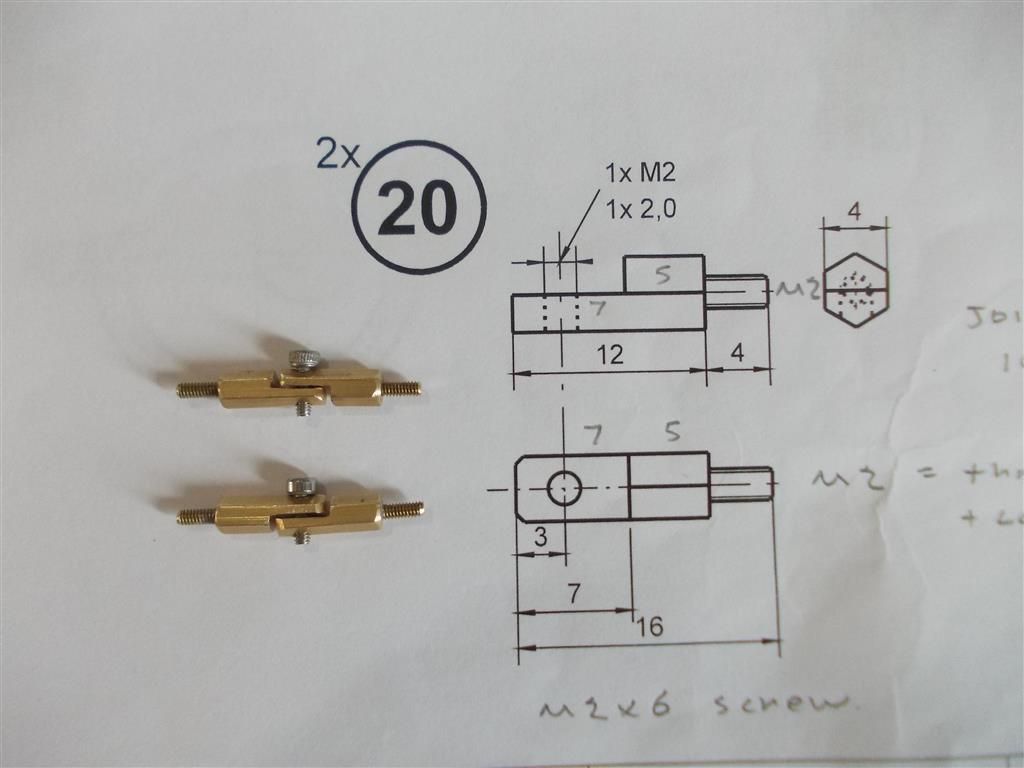Has anybody built Beng’s Danni Steam engine.
Has anybody built Beng’s Danni Steam engine.
- This topic has 303 replies, 21 voices, and was last updated 28 April 2024 at 16:37 by
chrissie.
- Please log in to reply to this topic. Registering is free and easy using the links on the menu at the top of this page.
Latest Replies
Viewing 25 topics - 1 through 25 (of 25 total)
-
- Topic
- Voices
- Last Post
Viewing 25 topics - 1 through 25 (of 25 total)
Latest Issue
Newsletter Sign-up
Latest Replies












